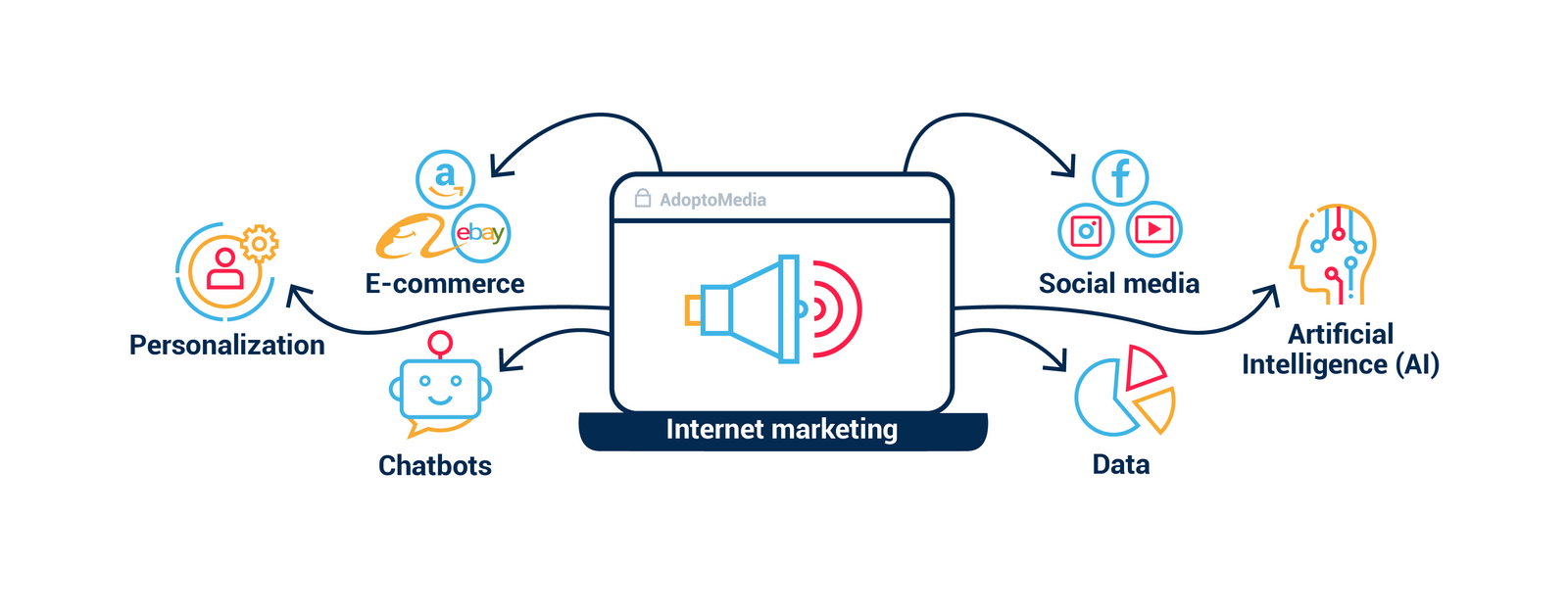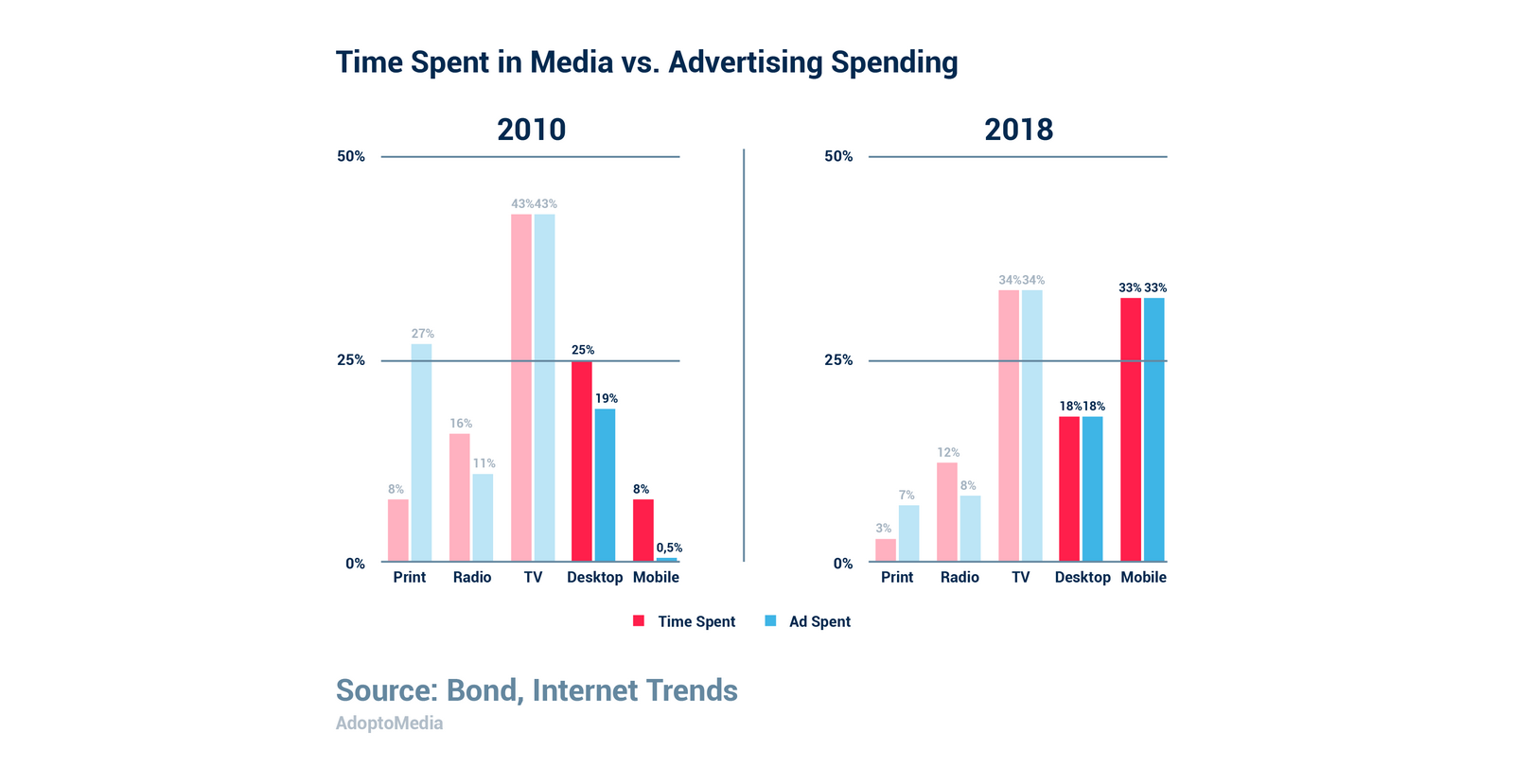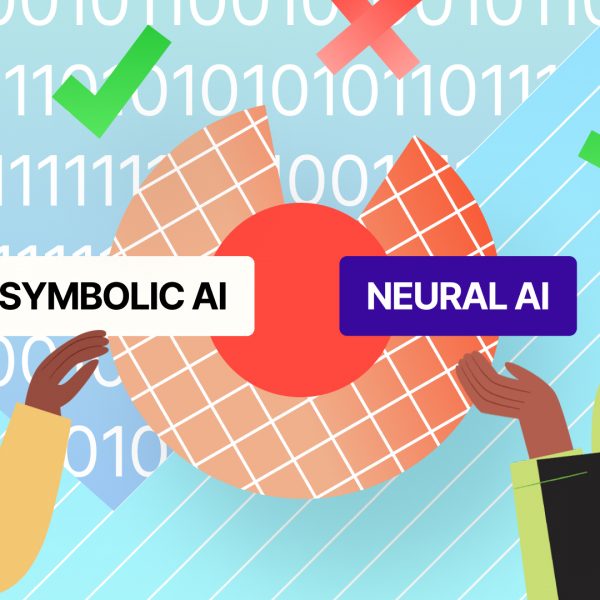
From social interaction to shopping experiences, the Internet has transformed the way we live — and marketing is riding this wave of change. By harnessing innovative tools like digital media, programmatic ads, and e-commerce platforms, brands are unlocking unprecedented opportunities.This article is an overview of the latest marketing trends online.
E-commerce and social media are growing and taking away customers from traditional retailers and media. Global Web Index Survey of over 50 thousand internet users all over the world found that among various social media platforms YouTube and Instagram have gained the most momentum over the last two years, even though Facebook is still the most popular platform. But if the trend continues, YouTube might overpass Facebook in the next couple of years. The amount of video content consumed by the internet users is growing, and advertisers are increasingly using video marketing to promote their goods and services. When it comes to social media, influencer marketing can be very effective, especially if an influencer has a loyal and highly involved audience.
Currently, the leading internet ad platforms in the USA are Google and Facebook. They offer targeted advertising, allowing companies to optimize their marketing mix and achieve a higher ROMI. However, other platforms such as Amazon, Twitter, and Pinterest are rapidly growing capturing their share of the market. The idea of using e-commerce platforms for advertising seems absolutely natural, as they present a wealth of potential customers who are ready to make purchases. Ernst & Young also mentioned this trend in their 2019 report about Indian advertising sector opportunities and trends.
According to eMarketer research, and adult user in the USA spent 6.3 hours a day on digital media (laptop, mobile, OTT) in 2018 compared to 3.2 in 2010. Ad spending changed according to our media consumption, and in 2018 internet advertising spends amounted to about $110 bln. On the graph below you can see that mobile undermined the position of TV as the main media channel.

Other important trends include personalisation and interaction with your customers. People tend to have a more positive attitude to personalized marketing, and it helps to improve customer experience and increase brand loyalty. The key to successful personalisation is data and use of technology. By understanding clients’ online and offline activities, companies can create more effective offers for them. However, while data is essential, it also presents challenges; for instance, GDPR prohibits the sharing of personal information. Nevertheless, challenges stimulate progress, and McKinsey found a way to gather data in compliance with regulations and use it to optimize ROMI. Data has always been crucial for any business’s success, and today it’s also important to know how to manage it and use to your best advantage. To help companies with this task there are various data management tools and AI that can analyse big amounts of data, identify trends and patterns. Another application of AI is chatbots, which are on the rise now. They provide the necessary personalization and interaction with clients at any time and also improve customer experience. Programmatic advertising is yet another example of how AI can be used in marketing, it automates the process of media buying and maximizes ROMI. According to EMarketer estimates, programmatic advertising spends in the US amounted to over $46 billion in 2018, and by 2020, 86% of all digital ads will be bought through automated channels.
Technological advances provide companies with opportunities to promote their services more effectively; all they need to do is understand what options are best for them. If you need to automate your marketing processes, there are various tools for that. For example, AdoptoMedia offers a flexible platform that makes digital transformation of your business much easier. It can be integrated into existing IT infrastructure of a company to achieve the necessary level of transparency in cross department operations, verify compliance, manage contracts, provide visibility of numerous operations for C-level executives and set common KPIs. It is an advanced tool for strategic and tactical assistance in marketing, that increases ROMI by at least 10-20% and calculates it in real time.


